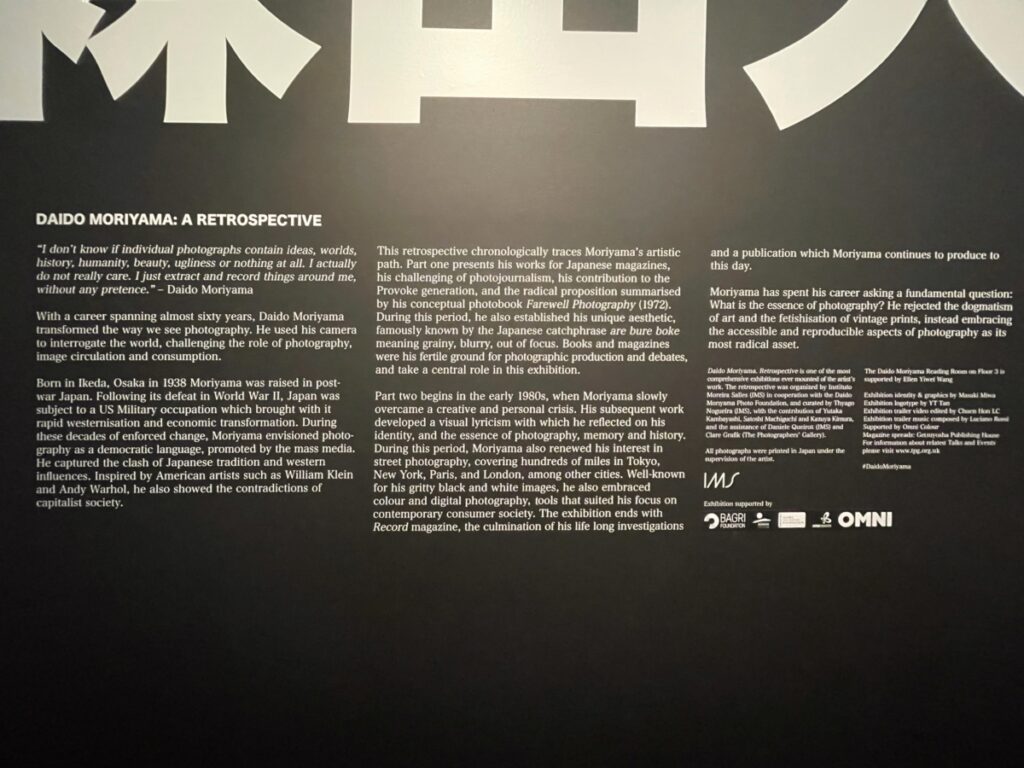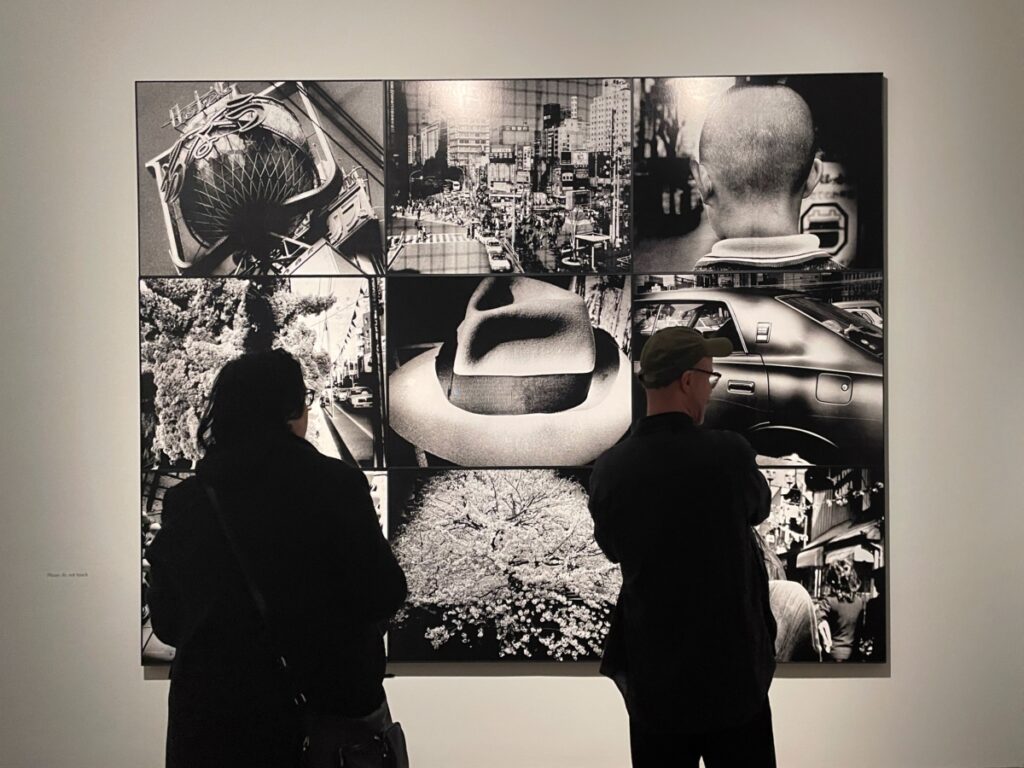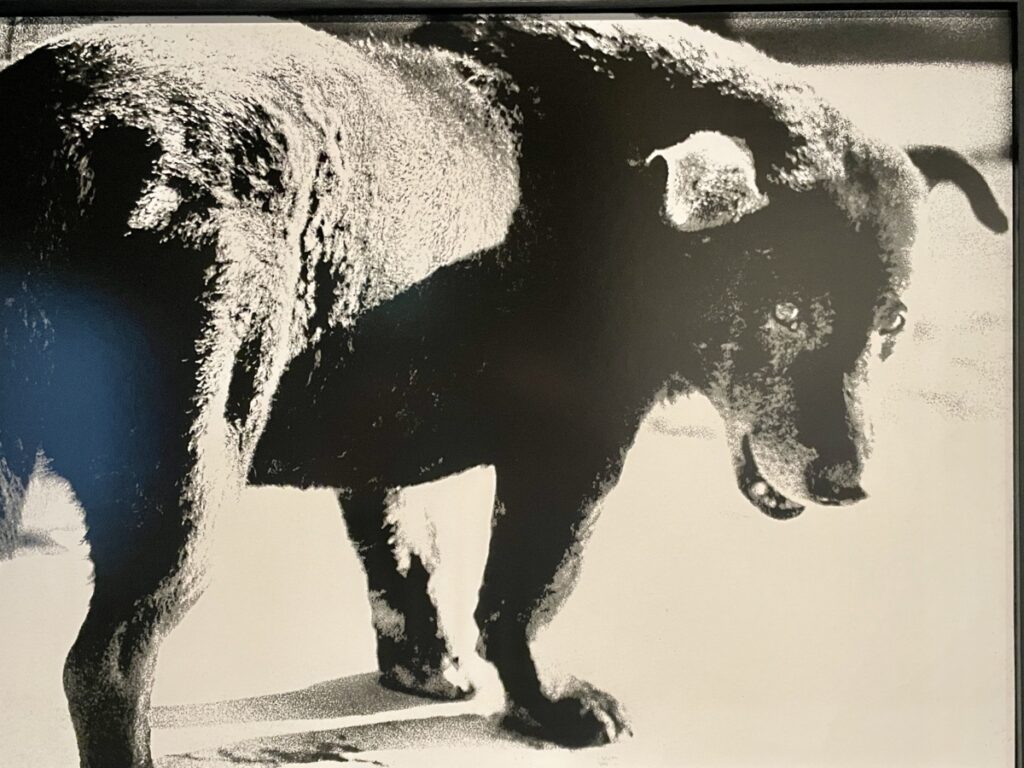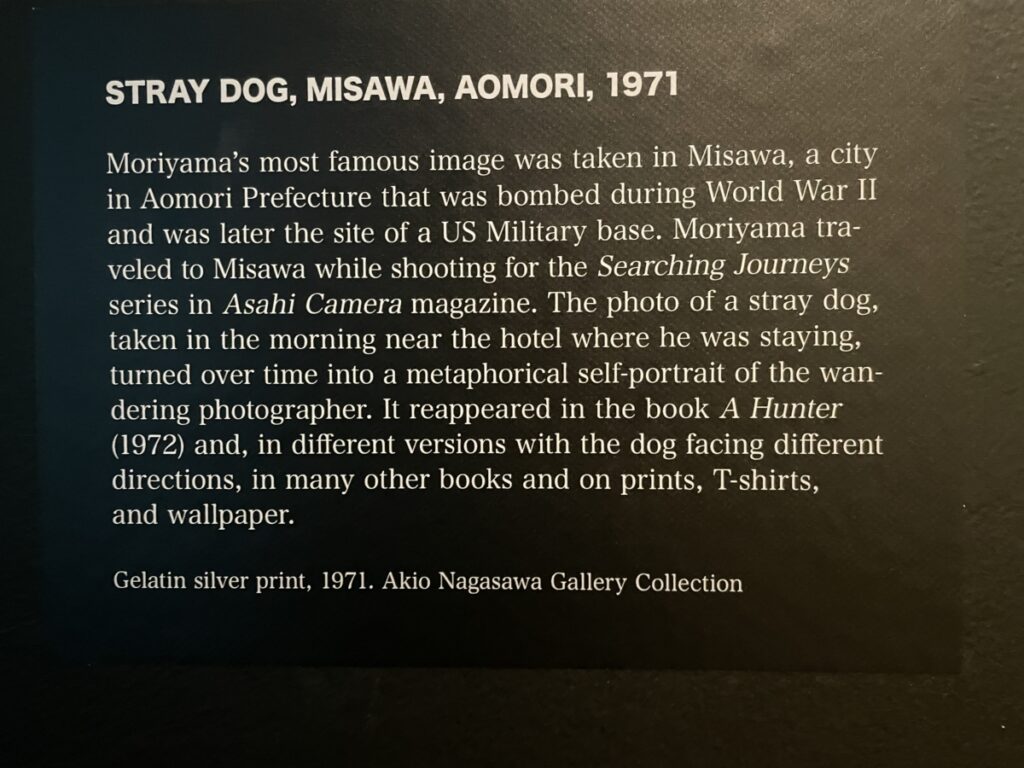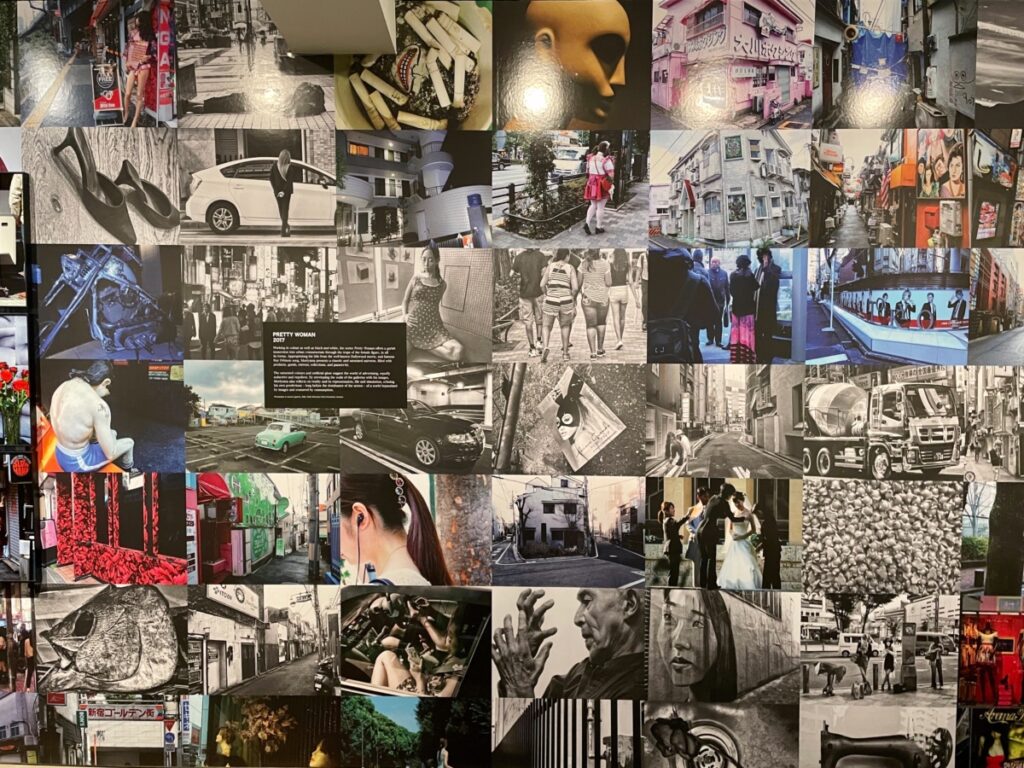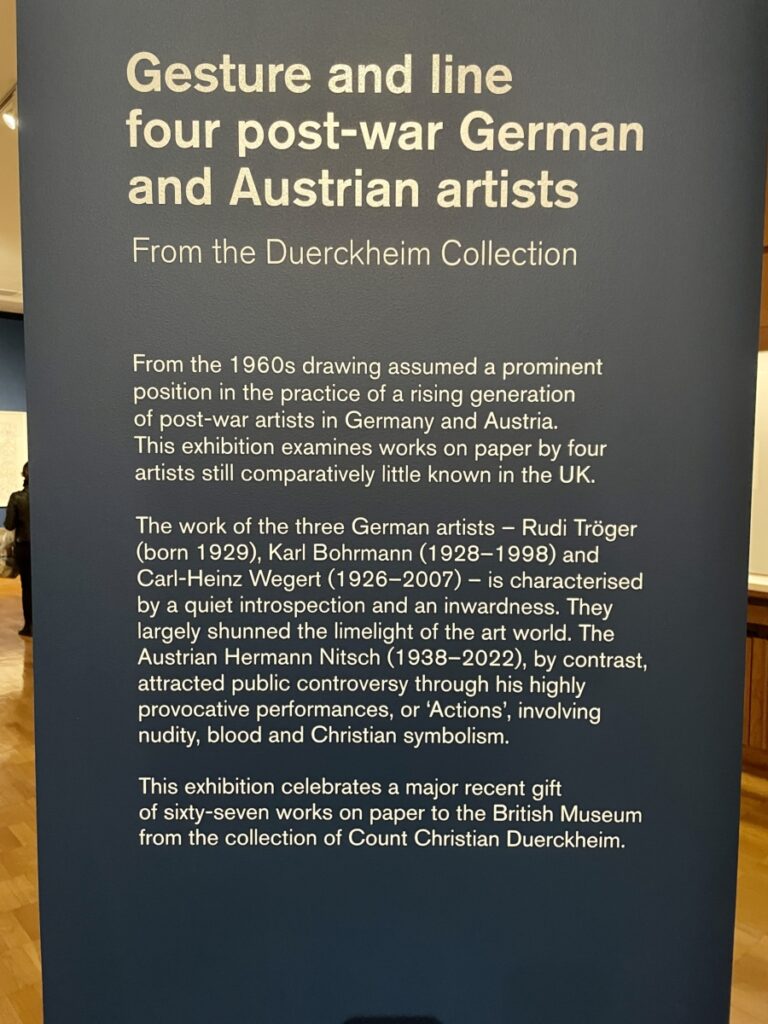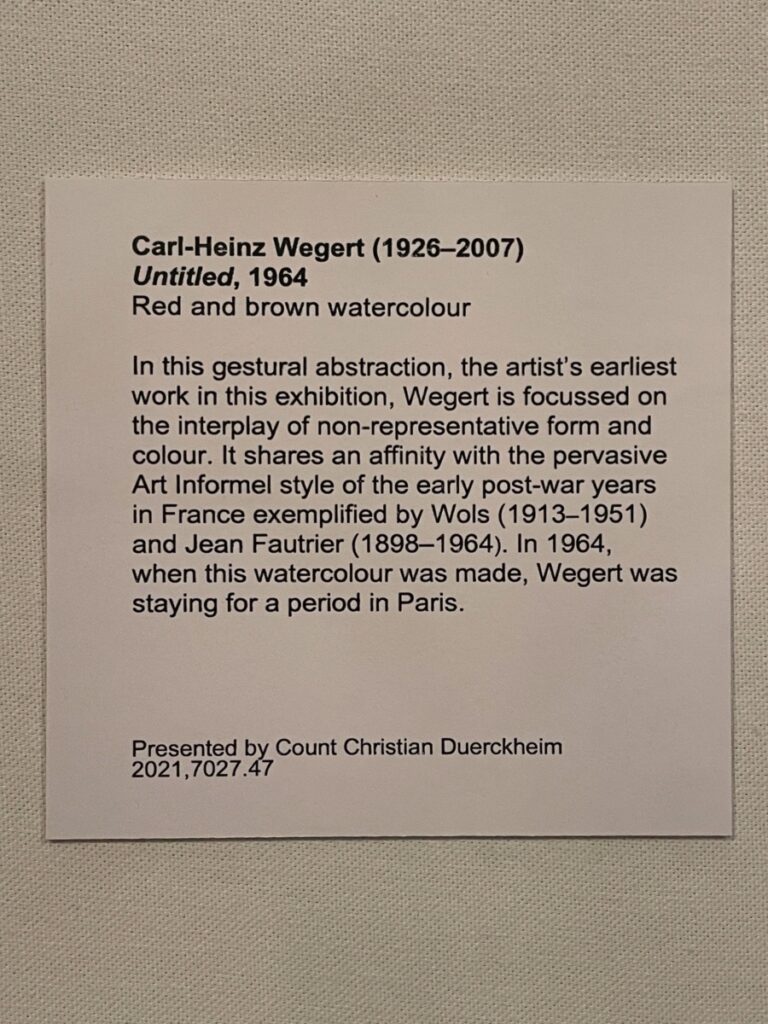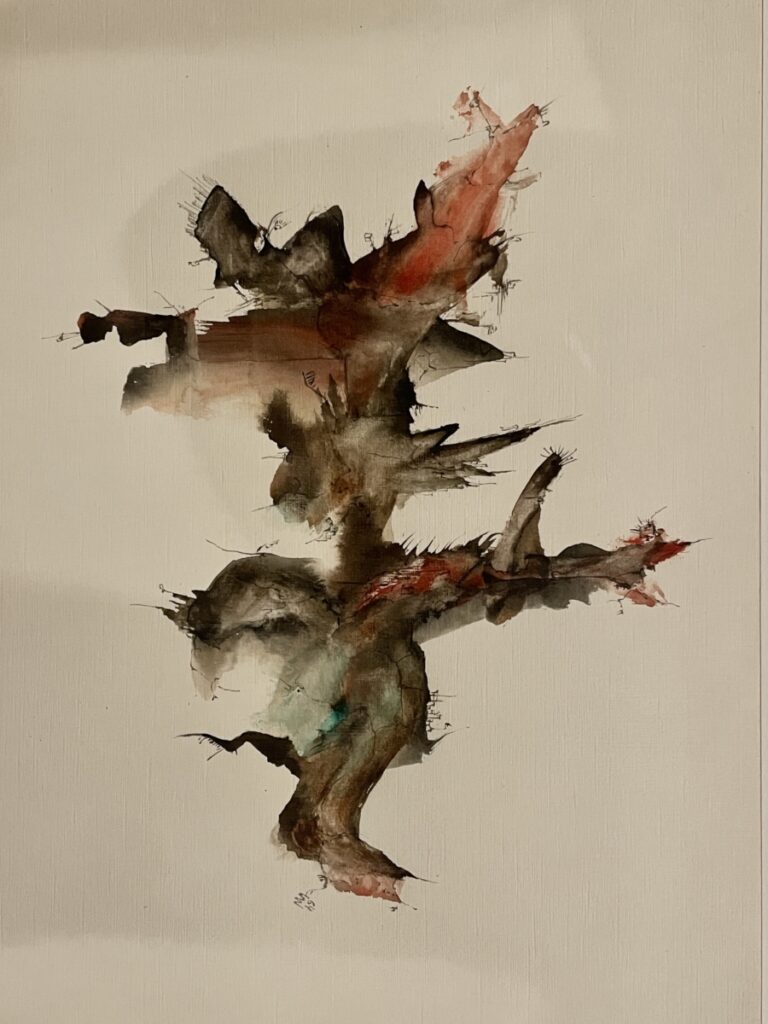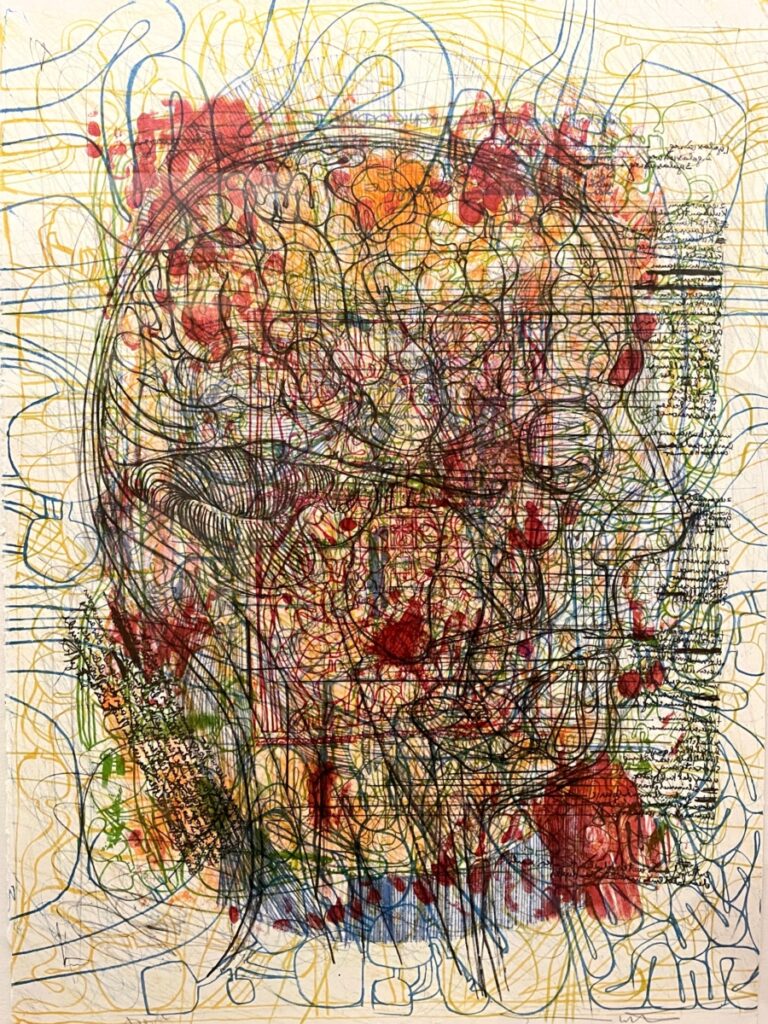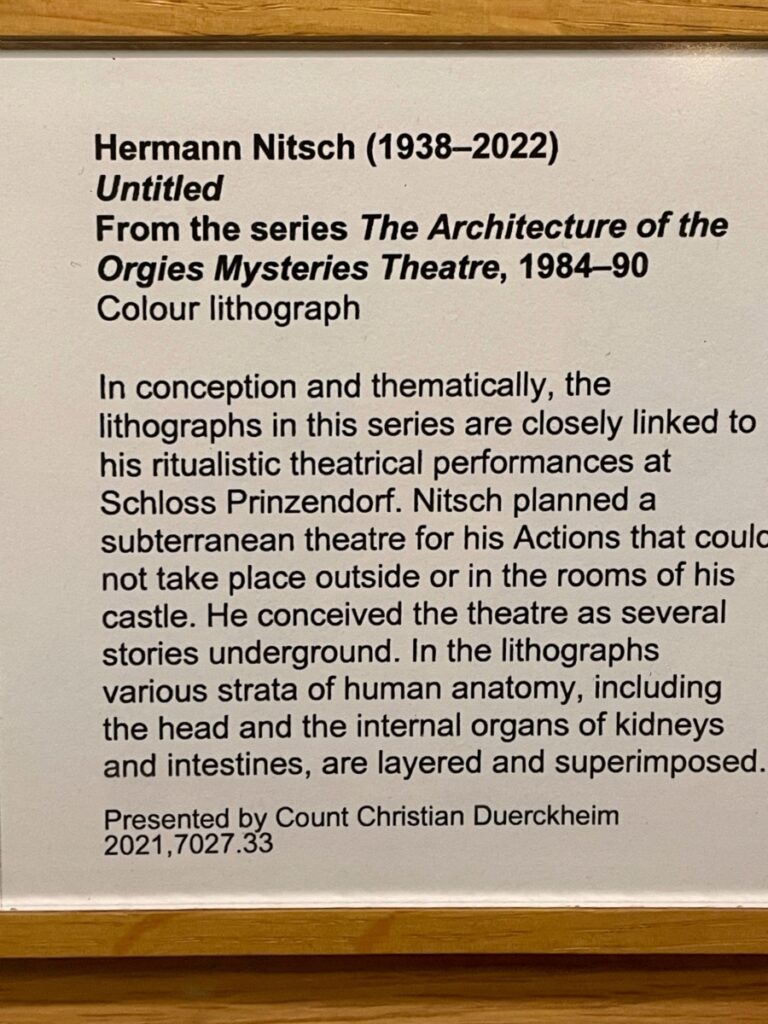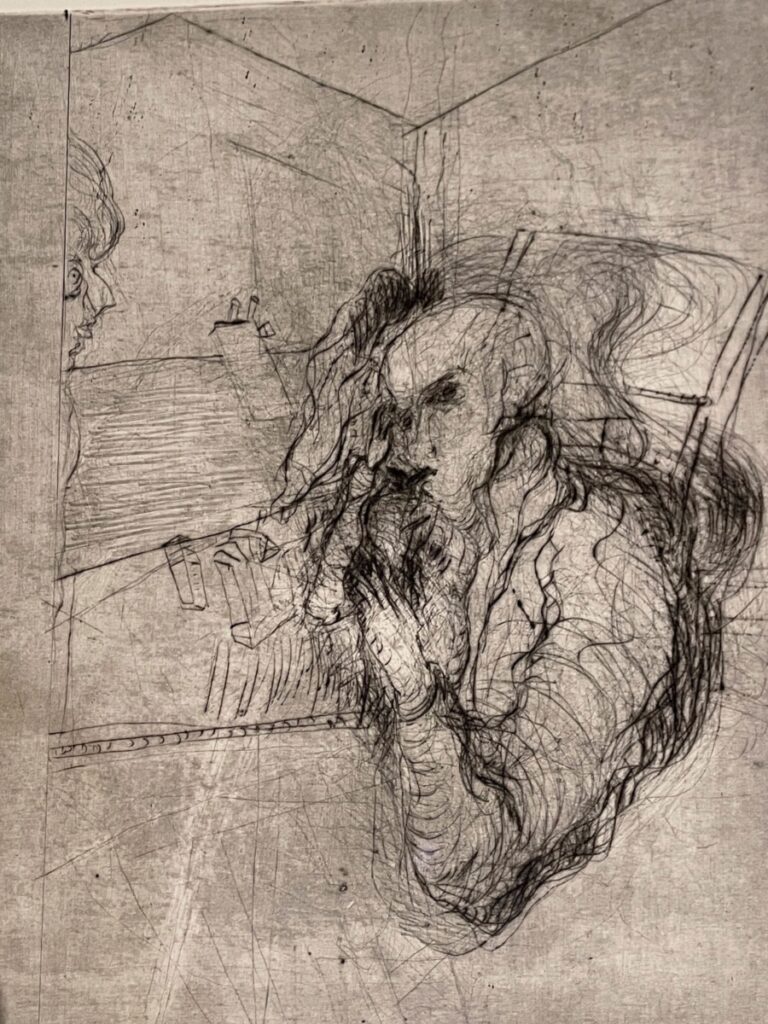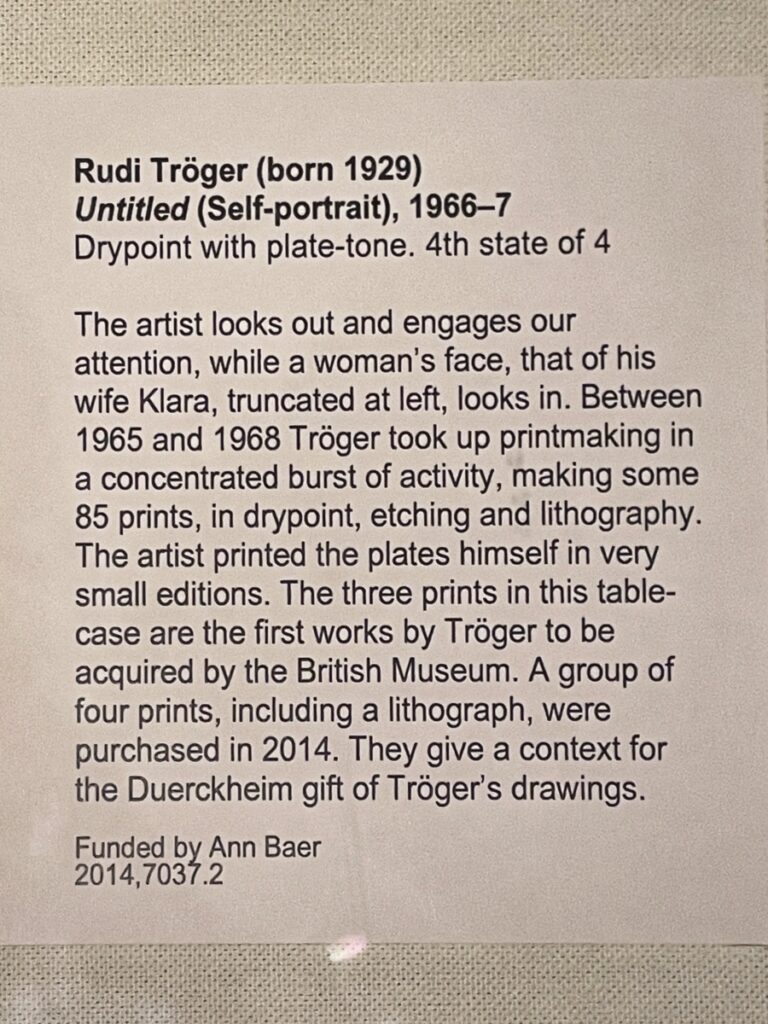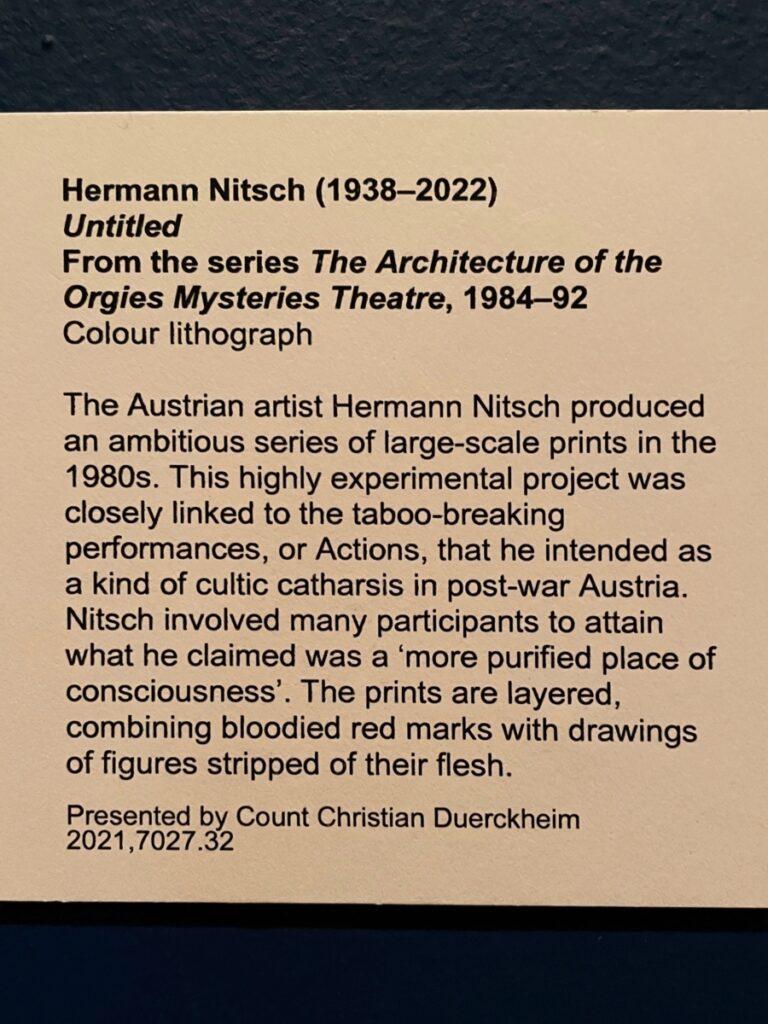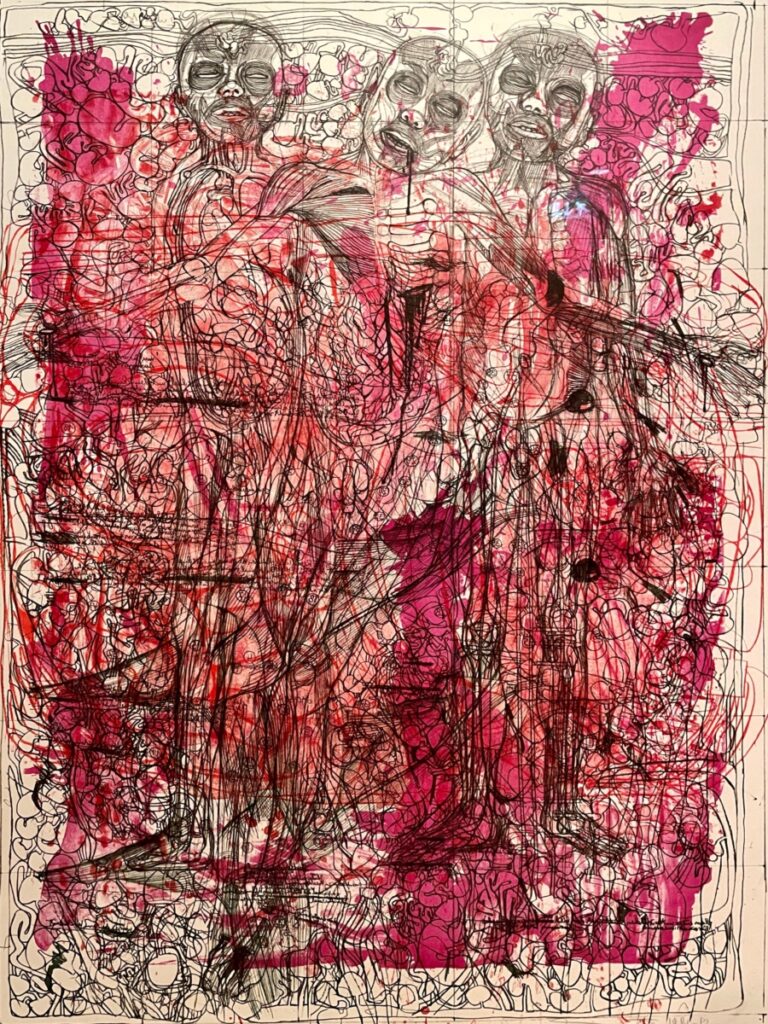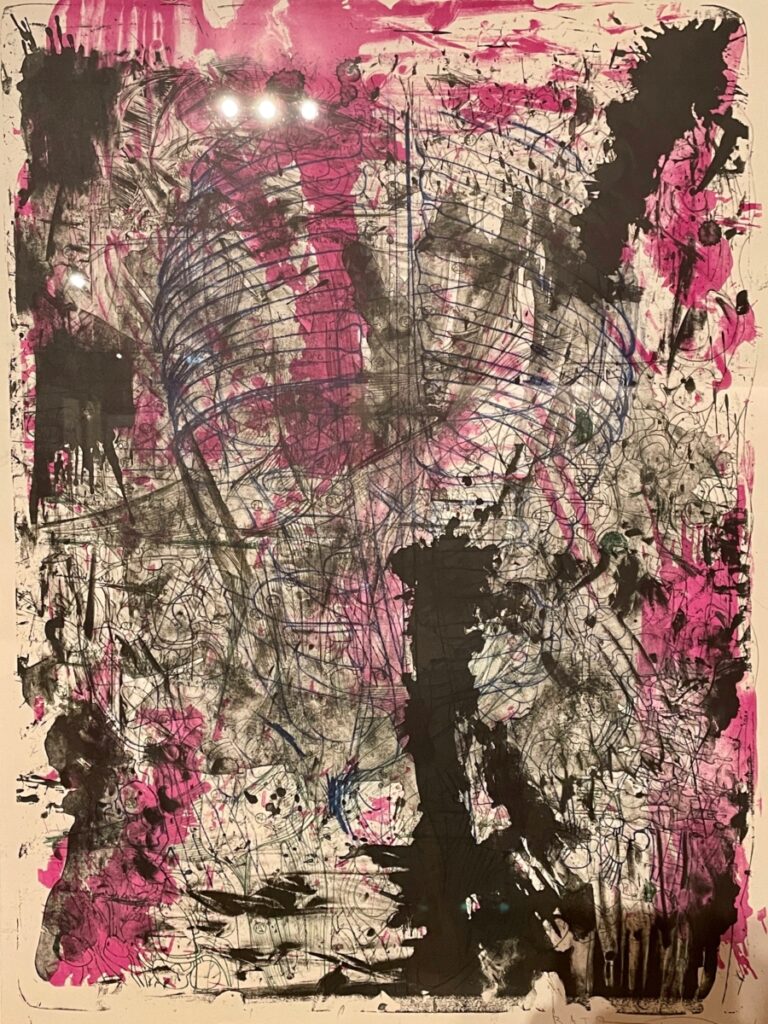I had not heard of Daido Moriyama before visiting the Photographer’s Gallery this time. He is a Japanese photographer with an incredible portfolio of documentary street photography in Japan over many decades. He recorded Japan from the end of WW2 when the Americans took control of the country to ensure stability after the war. Moriyama’s photographs from that time show the stark contrast between ancient Japanese culture and the infiltration of Western consumerism.
His work is very different from other photographers I’ve seen before. He does not fetishise the photograph, they are simply records of everyday life in the street and in the home. I believe he has always tried to make the photograph a reproducible commodity and he was influenced by the pop artists in that regard, particularly Warhol. In fact, he spent time in the USA which must have reinforced his style.
I did enjoy his grainy, unclear images which was a refreshing alternative to the usual presentation of pristine prints in symmetrically aligned frames. The curation was excellent and gave a real sense of the chaos of the street scenes, with photographs filling walls and spilling out of frames and we even had long lengths of printed contact sheets across walls.
We then had a brief excursion to the British Museum to see a temporary exhibition of drawings by post-war German and Austrian artists. This museum is a monster of a place and the only way to experience it (in my humble opinion) is to have a quest, an era or an individual to study in depth. Otherwise, you will inevitably leave dehydrated, confused and none the wiser about the weight of images you’ve stared at. Anyhow, this small top-floor exhibition was lovely, but drawing always ticks my box regardless. Simple watercolours, experimental pencil drawings and exploration of gesture were a nice complement to the photography seen earlier in the day. Enough to inspire me to draw more freely when I got back home.
